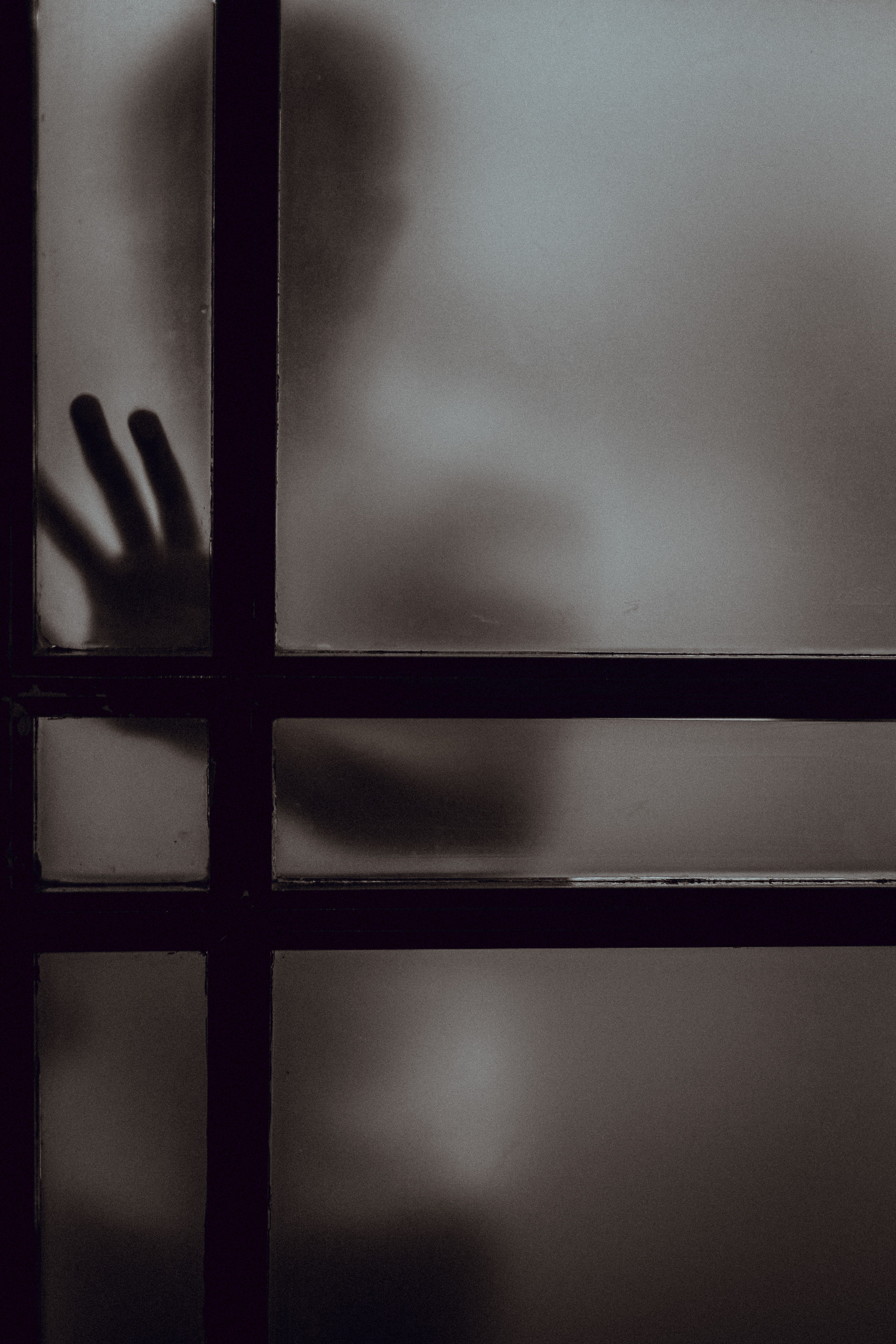The Science Behind Fetishes.

Podiaphilia unpacked.
If we were to play an associative word game, in response to the word "fetish," you'd almost certainly say "foot." For all the variety the kink community has to offer, it would seem that we’ve declared this one particular podiatric fixation the poster child for normalized sexual obsession. But for those of us who have not yet tapped into the market for vending your used flip flops on the internet, fetishes are a much broader contemplation.
What is a fetish?
So, what actually IS a fetish? And why do we have them? Well, by the dictionary (Merriam-Webster, obviously), it's "a form of sexual desire in which gratification is linked to an abnormal degree to a particular object, item of clothing, body part, etc." While “abnormal” feels a bit judgmental, the implication is that you feel aroused by something that’s not in the typical canon of “erotic” things. Sure, it can be a classically unsexy body part like a foot or an elbow, but it can also be, say, quicksand, or diapers ("adult babies" are indeed a thriving fetish community). And there’s no quantity limit here, either. It’s proven that your roster of fetishes can lengthen at any given time –– and the addition of a new preoccupation does not replace the old.
What causes a foot fetish?
Now, when it comes to the foot fetish, in particular, psychologists believe the fixation may have been passed down from Victorian men, being that women in that era were meant to cover their ankles, knees, and feet. Of course, that’s no longer the case, but it does help us to explain where our fetishes come from in our respective psyches. And while there’s no across-the-board, agreed-upon explanation for the nature of these obsessions, it is widely believed that they come from our own neuroses. So, when it comes to taking a closer, look, there are a few competing theories.
The Pavlovian Theory
Back in the ‘60s, researchers conducted an experiment that involved showing photographs of naked women to groups of men alongside a selection of images of boots. And after some time, sans women, the boot images appeared to be arousing all on their own. Which is to say, psychologists are of the opinion that our brains can form sexual associations if we encounter the same stimulus repeatedly when we’re feeling turned on (for whatever reason). And it’s theorized that folks with higher sex drives are more likely to find themselves maintaining fetishes because they’re also more likely to find themselves aroused in scenarios where another person isn’t present.
The Pain Theory
Pain and kink have always been inextricably linked –– and in the realm of BDSM; whips, strangulation, and other forms of pseudo-violence have long been popular forms of fetish. Research says that this is actually a psychological phenomenon –– sexual pleasure and pain release similar neurotransmitters (think endorphins and serotonin) which can lead to the enjoyment of one in tandem with the other.
The Overlap Theory
Within the actual geography of the mind, studies show that the portions of your brain responsible for your sex organs run alongside the sections of your brain that control your appendages (specifically, the brain region that operates your genitalia coincides with the part that oversees your feet –– which would certainly explain the whole foot fetish phenomenon). Moreover, the theory says that these sections may engage in some kind of overlap or cross-contamination due to proximity.



